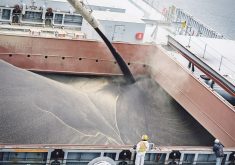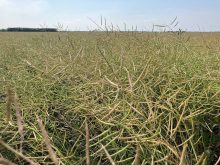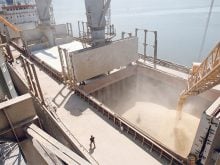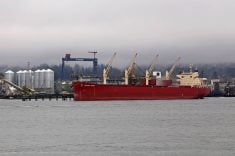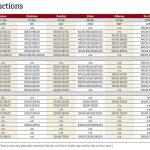The weather has taken crop prices on a wild rollercoaster ride, but it has been mainly a sickening plunge rather than an upward rush.
Crop users have embraced reports of rain in Illinois and eastern Australia and shed much of their recent fears of drought losses in both areas.
The crop-boosting rains more than neutralized a United States Department of Agriculture report that found American farmers had planted fewer soybean acres than they had expected to early in the spring.
“I think the decisive thing is yields, not acreage,” said U.S. grain market analyst John Schnittker.
Read Also
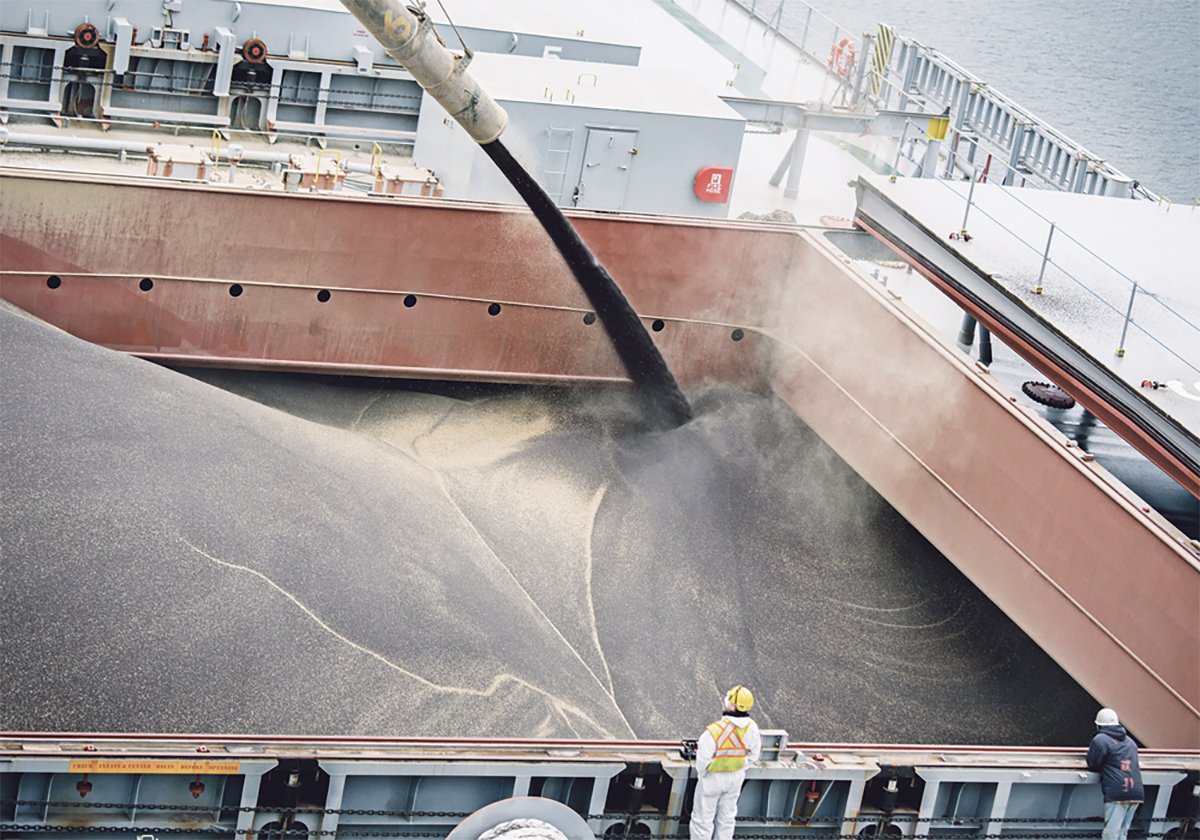
Exports off to a slow start after last year’s torrid pace
Canadian grain, oilseed and pulse exports are off to a slow start, but there are some bright spots, according to the Canadian Grain Commission’s most recent weekly export data report.
“Everything is weather.”
The world is awash in stores of the major grains and oilseeds, and recent weather hasn’t significantly changed that. The drought in eastern Australia, which imperiled the wheat crop there, ended just in time to save the crop.
“Significant changes in the weather patterns and associated late, soaking rains have avoided near disaster for Australian winter grain production in the eastern part of the country,” the USDA’s agricultural attaché in Australia said.
Light rains in Illinois have started to wash away fears about yield damage to dry soybean crops, sending canola prices for a tumble.
But one Winnipeg trader thought the oilseed price fall was unjustified. The U.S. rains have not been enough to take crops to harvest.
“A lot of that rain is falling over Lake Michigan. Do we grow a lot of crops there?” he said.
The canola market seems to have assumed that farmers still have ample supplies of canola and that there is no threat to Canadian yields or acreage this summer.
“There is absolutely no weather premium built in to this market,” he said, noting that assumption could leave some buyers in a bad situation.
“A lot of acres didn’t get seeded this spring, or have problems because of flooding,” he said.
Other weather watchers also said the rains in the U.S. Midwest were not as good as the markets seemed to think.
“There really was no break in the drought in Illinois this week,” said weather forecaster Joel Burgio of Meteorlogix July 1.
“I don’t think there is going to be a break for the drought next week.”
The USDA report did not markedly move the market, probably because a reduction in soybean acres was expected, analysts said. The impact was considered more bearish than bullish for soybean prices, they said, because many traders had expected more acres to shift out of soybeans and into corn.
The USDA found that American farmers planted 73.3 million acres of soybeans, which was three percent less than in 2004.
Farmers had planned to plant another 607,000 acres overall, but heavy rains in Minnesota and North Dakota left soils too saturated.
Corn plantings of 81.6 million acres were up one percent from 2004, which will make it the largest acreage corn crop since 1985.
The USDA also reported last week that U.S. corn stocks are at their highest level since 1988, and that soybean stocks were 70 percent higher than a year ago.
Soybean and canola prices plunged because of the weather news, but regained some ground before Canada Day and U.S. Independence Day, as end-of-month short-covering brought buying pressure to the market.





